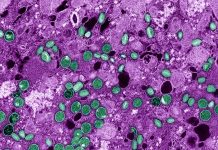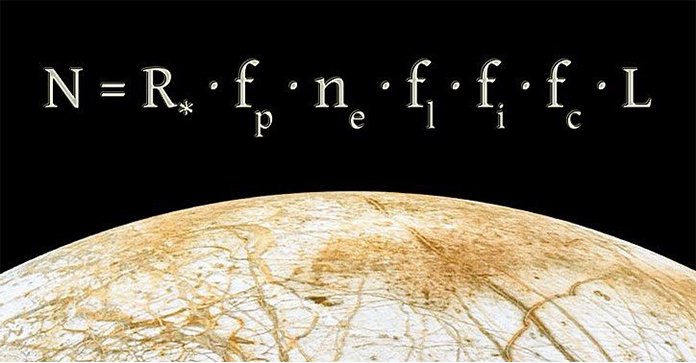The first detection of carbon dioxide in the atmosphere of a planet outside the solar system, the first image of an exoplanet by JWST, the first image of an exoplanet ever taken at deep infrared wavelength, the first detection of silicate clouds in the atmosphere of planetary-mass companion…., the James Webb Space Telescope (JWST) is ushering in a new era in the study of exoplanets.
Study of exoplanets (i.e., planets outside the solar system) in the stellar systems of stars in galaxies (including in our home galaxy Milky Way) hold key to the quest for habitable earth-like planets with environment and conditions conducive to support life. Exoplanets are the foci in the search of signatures of extra-terrestrial life. Several decades of thinking following Fermi’s paradox (1950) and Drake’s equation (1961), exoplanet science seems to be gaining ground now. Over 5000 exoplanets including in galaxies outside our home galaxy, have already been detected and the list is growing.
JWST, which has recently become operational as a space-based Infrared Observatory commissioned at a distance of 1 million miles from the Earth is overcoming photometric measurement limitations of optical telescopes in a big way and seems to be ushering in a new era in the study of exoplanets and subsequently towards quest for habitable planets in the home galaxy and beyond.
One such recent development reported in preprint on 24th August 2022 is the first definitive detection of carbon dioxide (CO2) in the atmosphere of an exoplanet. WASP-39b is a hot gas giant. Previous studies using optical telescopes had indicated presence of CO2 but transmission spectroscopy observations obtained with JWST confirmed presence of CO2 in the atmosphere of this exoplanet1. Because this exoplanet is a hot gas giant, presence of CO2 suggests formation of primary atmosphere by metal enrichment i.e., proportion of elements heavier than hydrogen and helium is increasing. In addition to CO2, the atmosphere of this exoplanet should also have water, CO, and H2S. Presence of CO2 in the secondary atmosphere of a terrestrial exoplanet is also significant though this is not the case with WASP-39b.
The first definitive detection of CO2 was quickly followed by the report (on 31st August 2022) of the first images of an exoplanet taken by JWST, and the first image of an exoplanet ever taken at deep infrared wavelength beyond 5 μm. This was done through coronagraphic observations of the exoplanet, HIP 65426 b, using JWST’s Near-Infrared Camera (NIRCam) and the Mid-Infrared Instrument (MIRI). The images of the exoplanet HIP 65426 b are quite sharp which confirms that JWST can directly image exoplanets in greater detail for enhanced understanding of the far-away planetary systems2.
Yet another development reported on 1st September 2022 is the highest fidelity spectrum to date of a planetary-mass object, VHS 1256 b which was observed with JWST’s NIRSpec IFU and MIRI MRS modes. Water, methane, carbon monoxide, carbon dioxide, sodium, and potassium were observed in the spectrum. Further, the research team directly detected silicate clouds in the atmosphere of VHS 1256 b, which is the first such detection for a planetary-mass companion3.
The tools used in these studies, courtesy JWST, open door for new discoveries about exoplanets in the home galaxy and beyond.
***
References:
- The JWST Transiting Exoplanet Community Early Release Science Team et al 2022. Identification of carbon dioxide in an exoplanet atmosphere. Submitted on 24 Aug 2022. Pre-print at arXiv. DOI: https://doi.org/10.48550/arXiv.2208.11692
- Carter, A. L. et al. 2022. The JWST Early Release Science Program for Direct Observations of Exoplanetary Systems I: High Contrast Imaging of the Exoplanet HIP 65426 b from 2-16 μm. Preprint at arXiv. Submitted on 31 Aug 2022. DOI: https://arxiv.org/abs/2208.14990
- Miles, B. E. et al. 2022. The JWST Early Release Science Program for Direct Observations of Exoplanetary Systems II: A 1 to 20 Micron Spectrum of the Planetary-Mass Companion VHS 1256-1257 b. Preprint at axRiv. Submitted on 1 September 2022. DOI: https://arxiv.org/abs/2209.00620
***




































